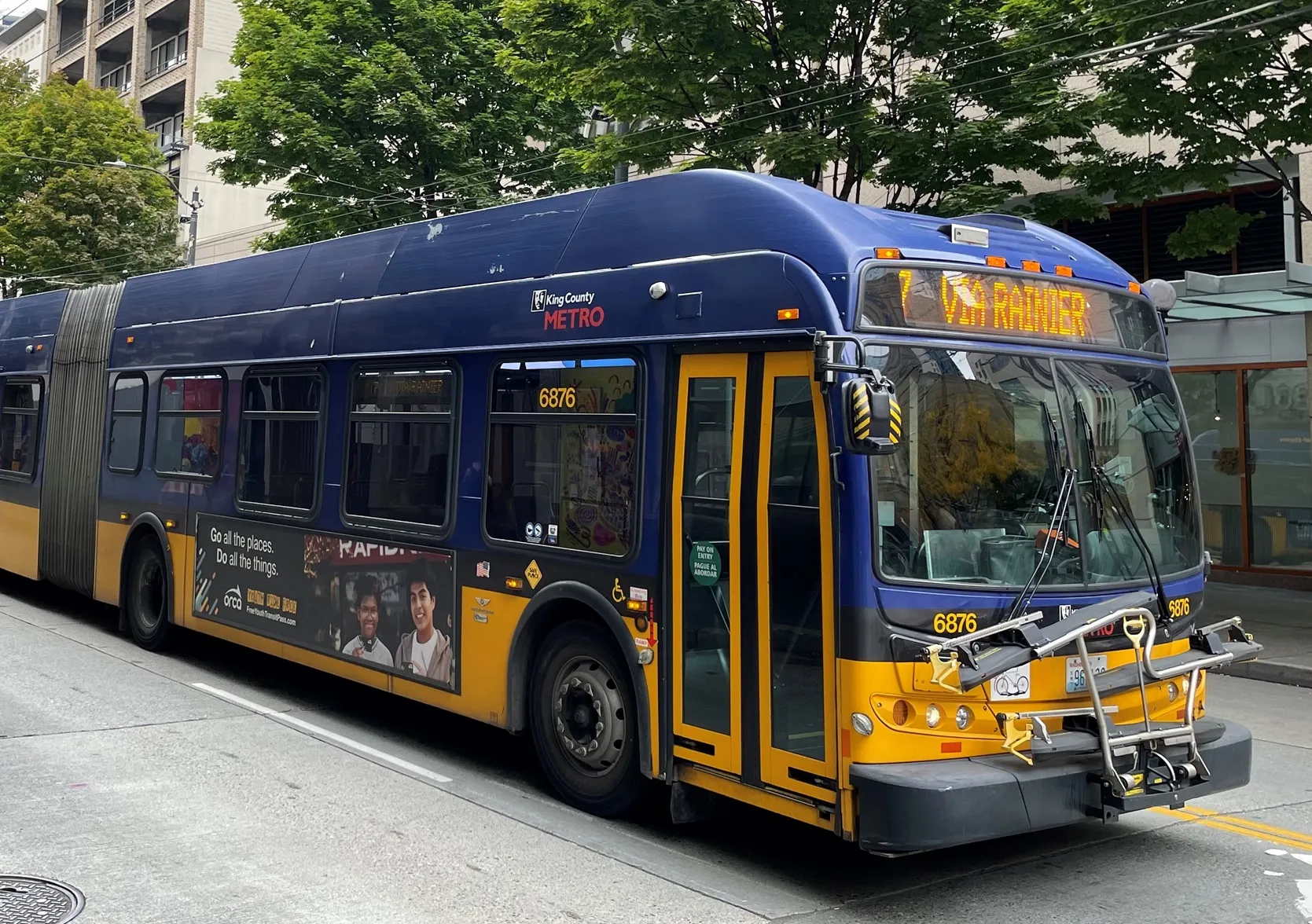Iteris has released a major upgrade to its leading video detection management software. VantageView 2.0 provides enhanced data collection and graphical display, including vehicle counts, speed, and occupancy, as well as multi-video viewing capabilities from a web-based application. This intelligence is essential for traffic engineers and planners seeking to maximise efficiency of traffic flow.
VantageView is an integrated software platform that enables traffic managers to monitor video feeds from Iteris’
April 19, 2012
Read time: 2 mins
VantageView is an integrated software platform that enables traffic managers to monitor video feeds from Iteris’ Vantage detection assets and manage them remotely over an IP network connection. The software allows traffic managers to monitor the performance of Iteris video detection, and adjust detection zones and settings, all from the convenience of their traffic management center. These capabilities are intended to reduce the time and expense related to sending technicians into the field to reconfigure equipment at the intersection.
“VantageView 2.0 showcases the synergy and power of making purpose-built integrated hardware and software systems that truly address the needs of our customers,” said Abbas Mohaddes, Iteris’ president and chief executive officer. “VantageView 2.0 demonstrates our ongoing commitment to deliver intelligent and cost-effective solutions that support our customers’ needs in the traffic management market."
The web-based VantageView system provides users with a street map display of Vantage equipped intersections, enabling point and click access to locations and devices they need to view, which helps intuitively manage these assets. Moreover, provides the capability to optimize the performance of Iteris’ Vantage video detection systems, which can reduce operational costs, and provides the ability to see in real-time what is happening at all intersections equipped with the system









